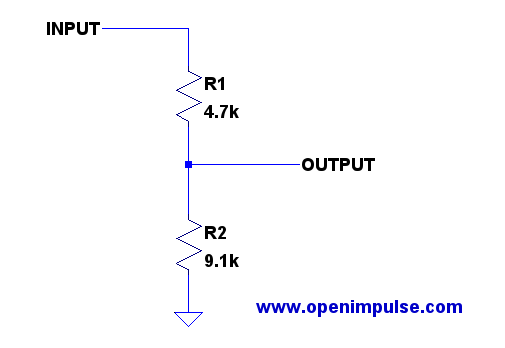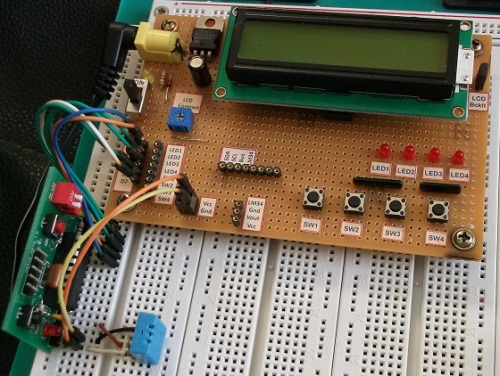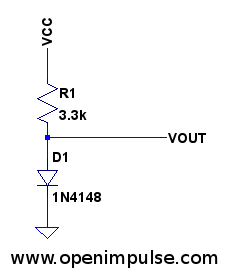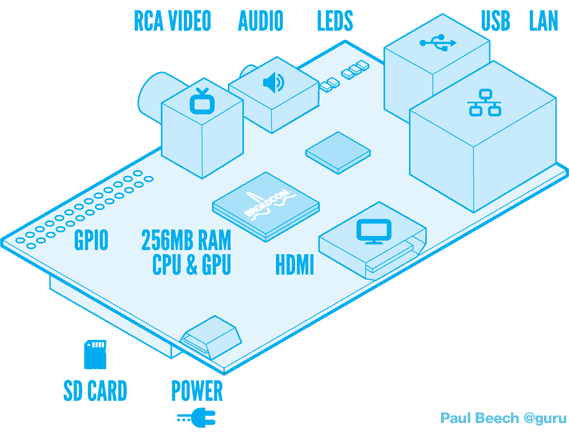![]() The main idea of this simple DIY Arduino project is to be able to determine the amount of time you spend inside and outside of your own premises. The device can be attached on your waist all day without obstructing your regular daily activity. This device will record your location history all day long, with a detailed report of the time spent indoors or outdoors. Continue reading
The main idea of this simple DIY Arduino project is to be able to determine the amount of time you spend inside and outside of your own premises. The device can be attached on your waist all day without obstructing your regular daily activity. This device will record your location history all day long, with a detailed report of the time spent indoors or outdoors. Continue reading
Category Archives: Educational
DIY Temperature and Humidity Sensor Using DHT11 and PIC microcontroller
Here is a cool project that we found on Hackalog.
As you all know there are many useful applications of temperature and relative humidity measurements sensors. They are readily that are available on the market consisting of both temperature and humidity sensors, signal conditioning, Analog to Digital Conversions (ADC), calibration and communication interface built in single module packages. Continue reading
Low cost diode temperature sensor
If you need a temperature sensor but don’t have one at hand, here’s an easy way to create one, using a .. diode ! All what you have to do is to bias the diode with a current around 1 mA, and to measure it’s forward voltage drop.
The forward voltage of a silicon diode varies with about -2 mV / °C. So, basically the diode itself can be used as a temperature sensor. In order to have a good precision, you should perform a calibration by measuring the output voltage at a known temperature. Continue reading
Raspberry PI – The accessible single board computer
What would you say about 25$ single board computer ? Now it has become a reality with Raspberry Pi, a low ARM GNU/Linux box.
It has a quite impressive set of features considering its price. It’s based on BCM2835 SoC which contains a 700 MHz ARM processor and a Videocore 4 GPU capable of HD video Continue reading
Unidirectional voltage level translators
The most popular hobby electronics platforms usually work at 5 V, but many times you need to interface your circuit with a high-end sensor which works at a lower voltage (ex. 3.3 V). It is quite easy to design your own low cost voltage level translators, using only discrete components.
Unidirectional high to low voltage level translator
This is an easy once, since it can be done only with passive components. The easiest high to low voltage level translator is a resistor divider.

Since \(R_1\) and \(R_2\) form a resistor divider, the output voltage is only a fraction of the input voltage:



